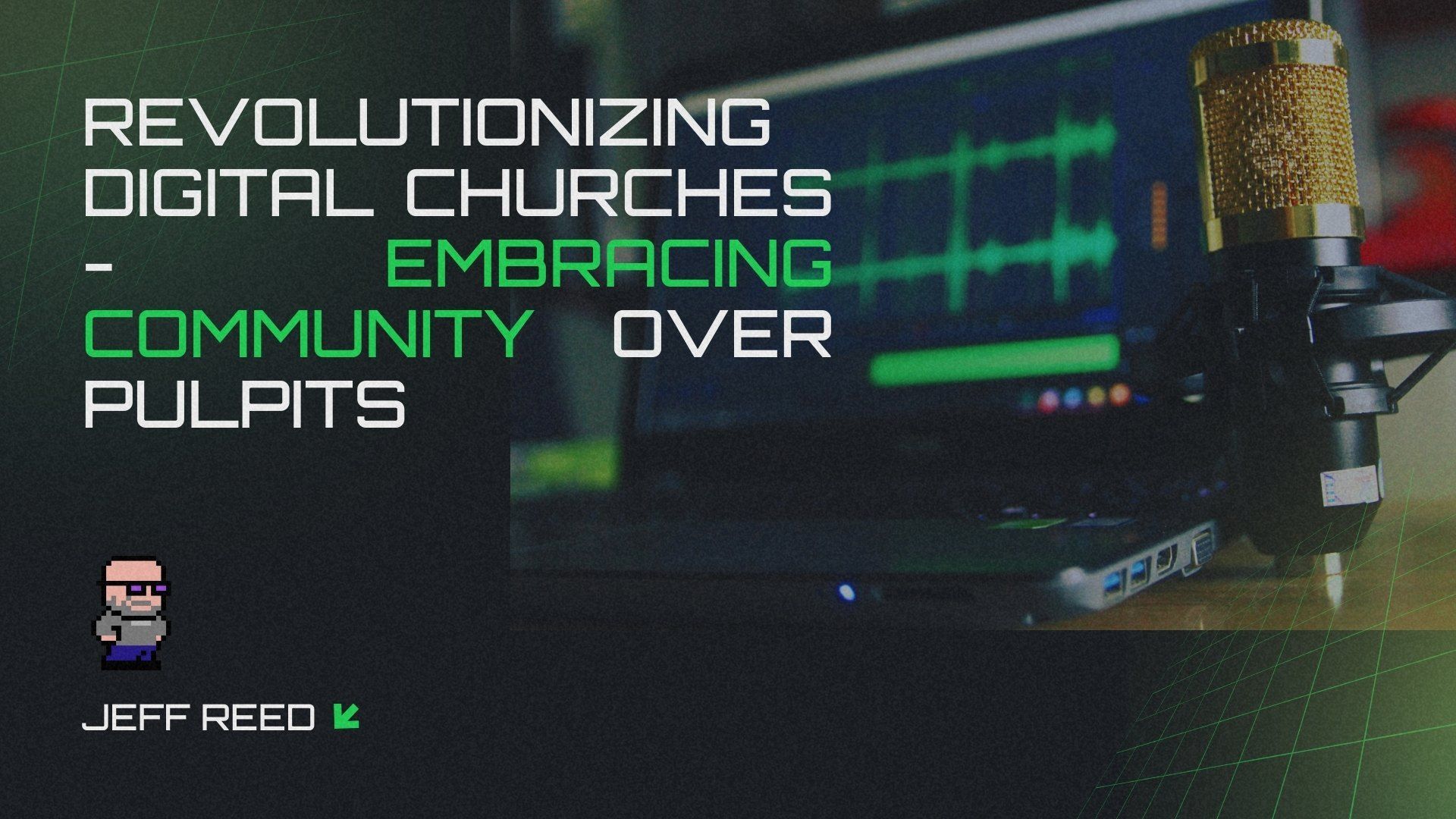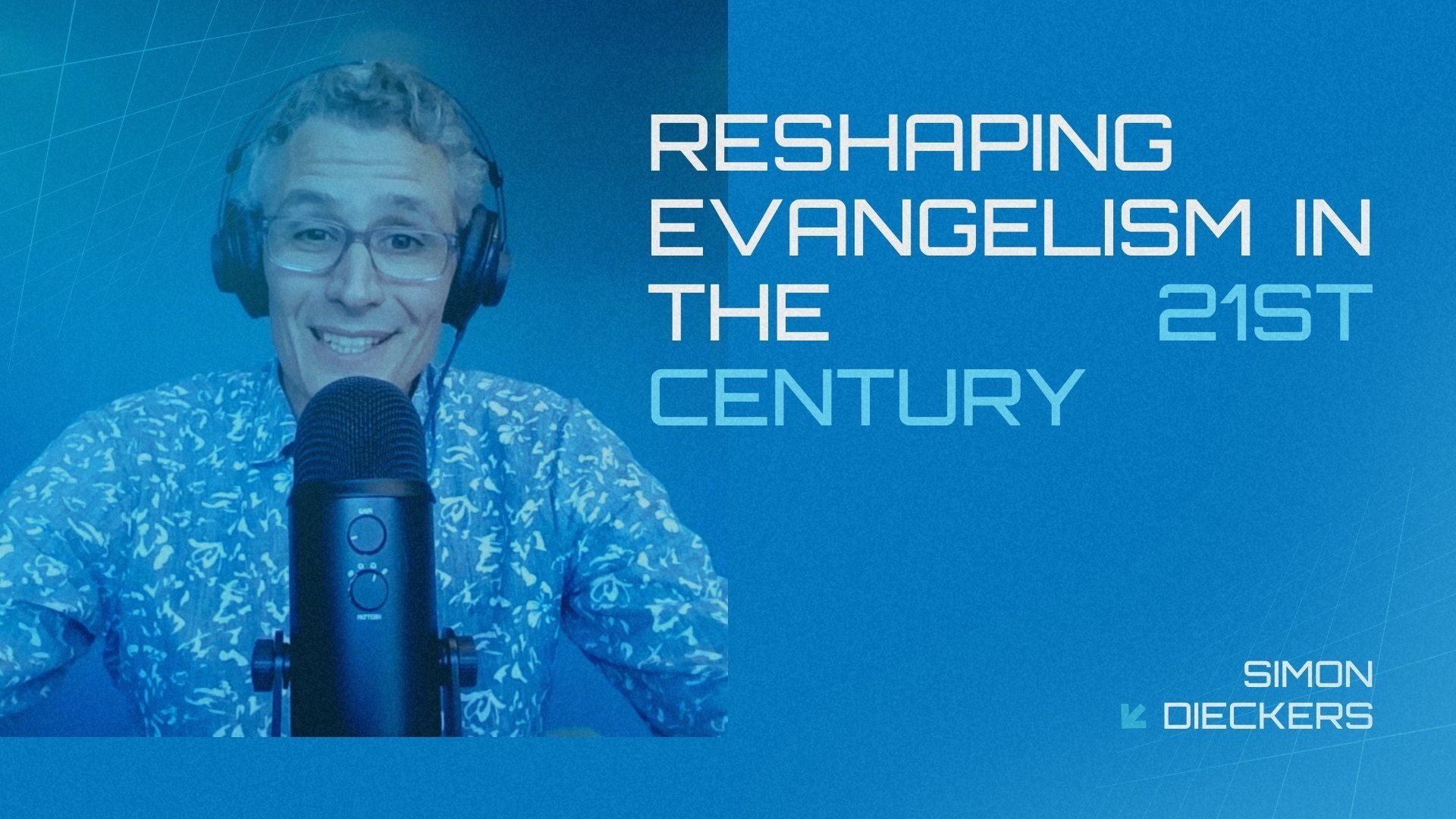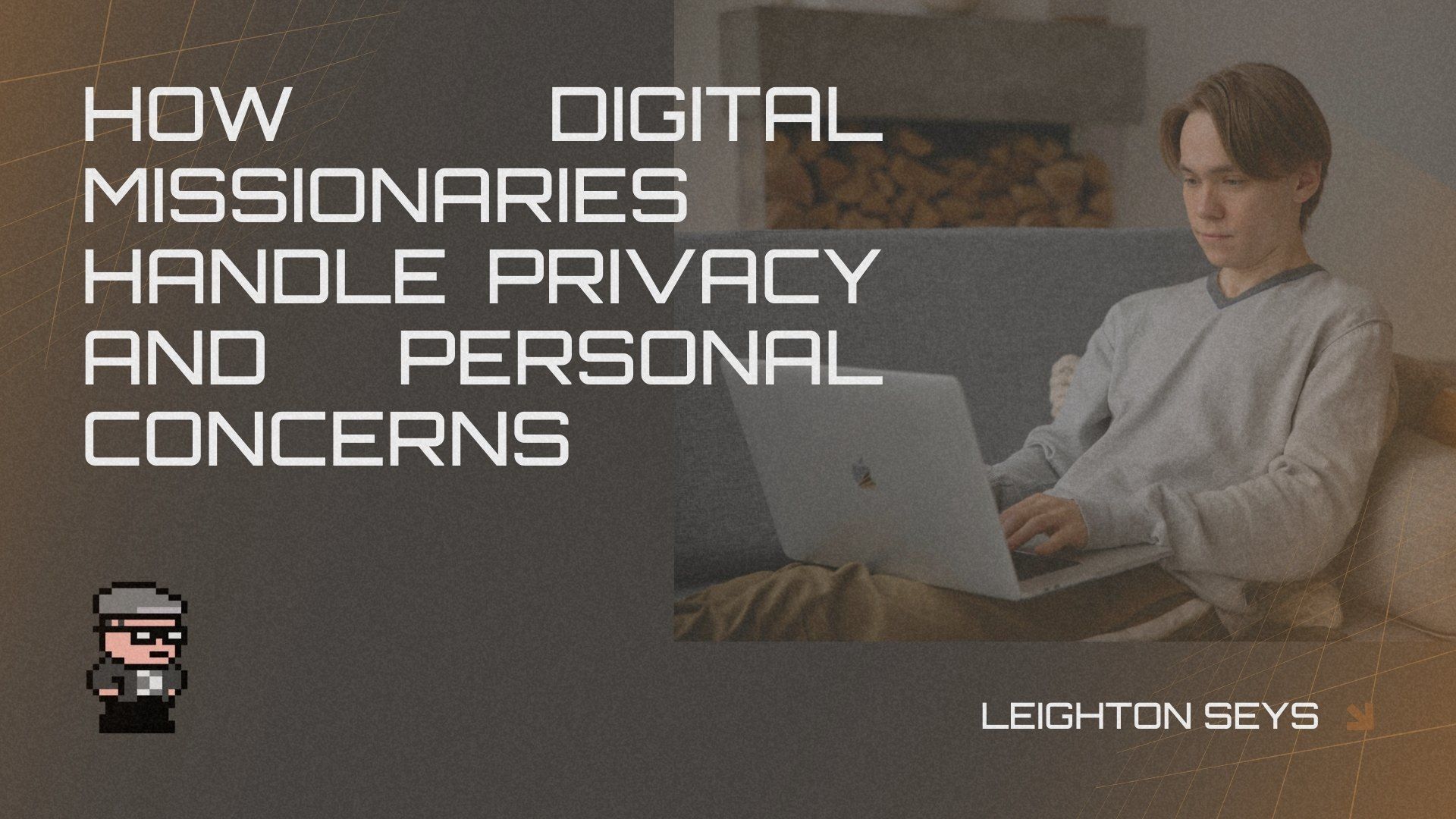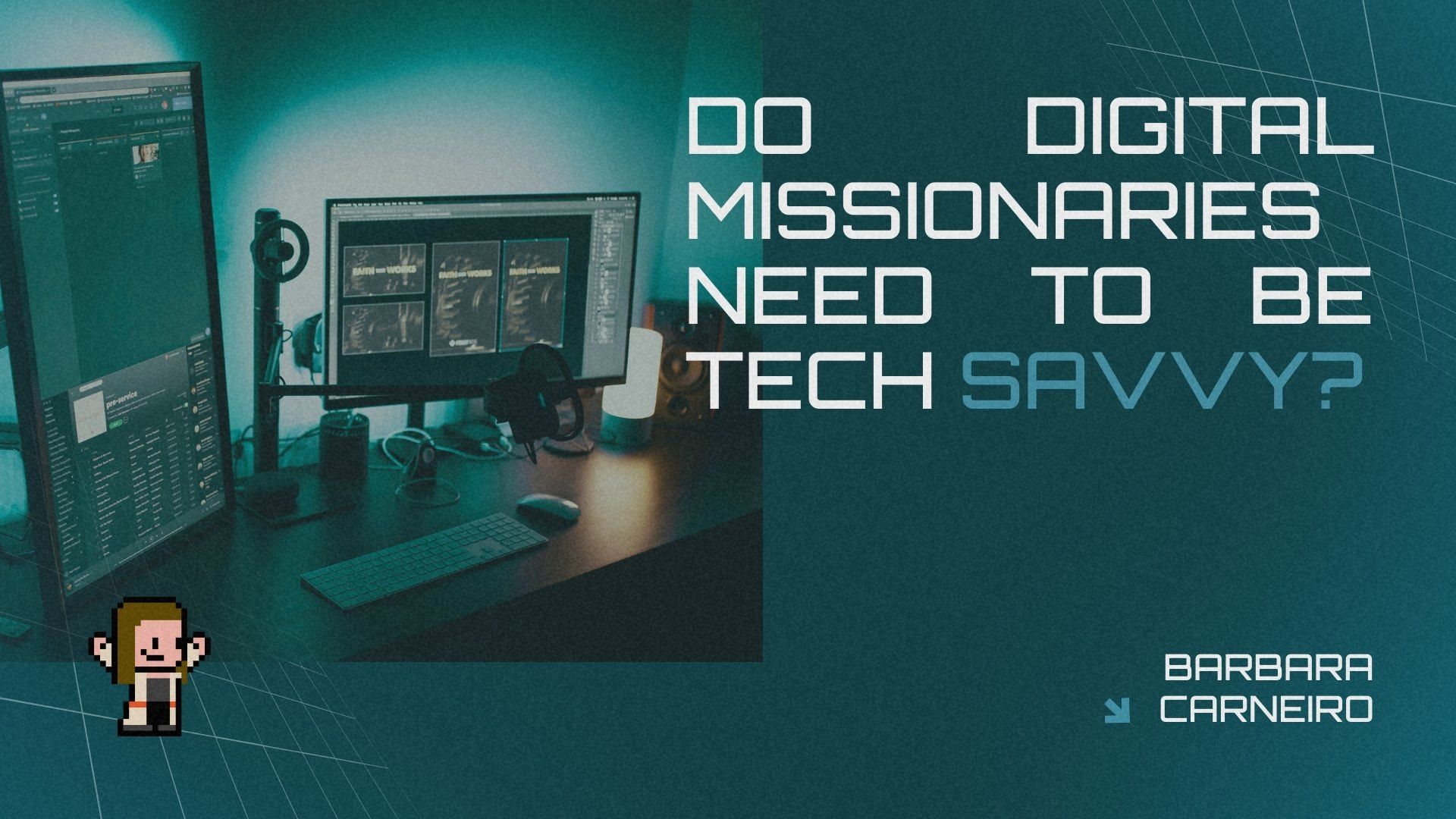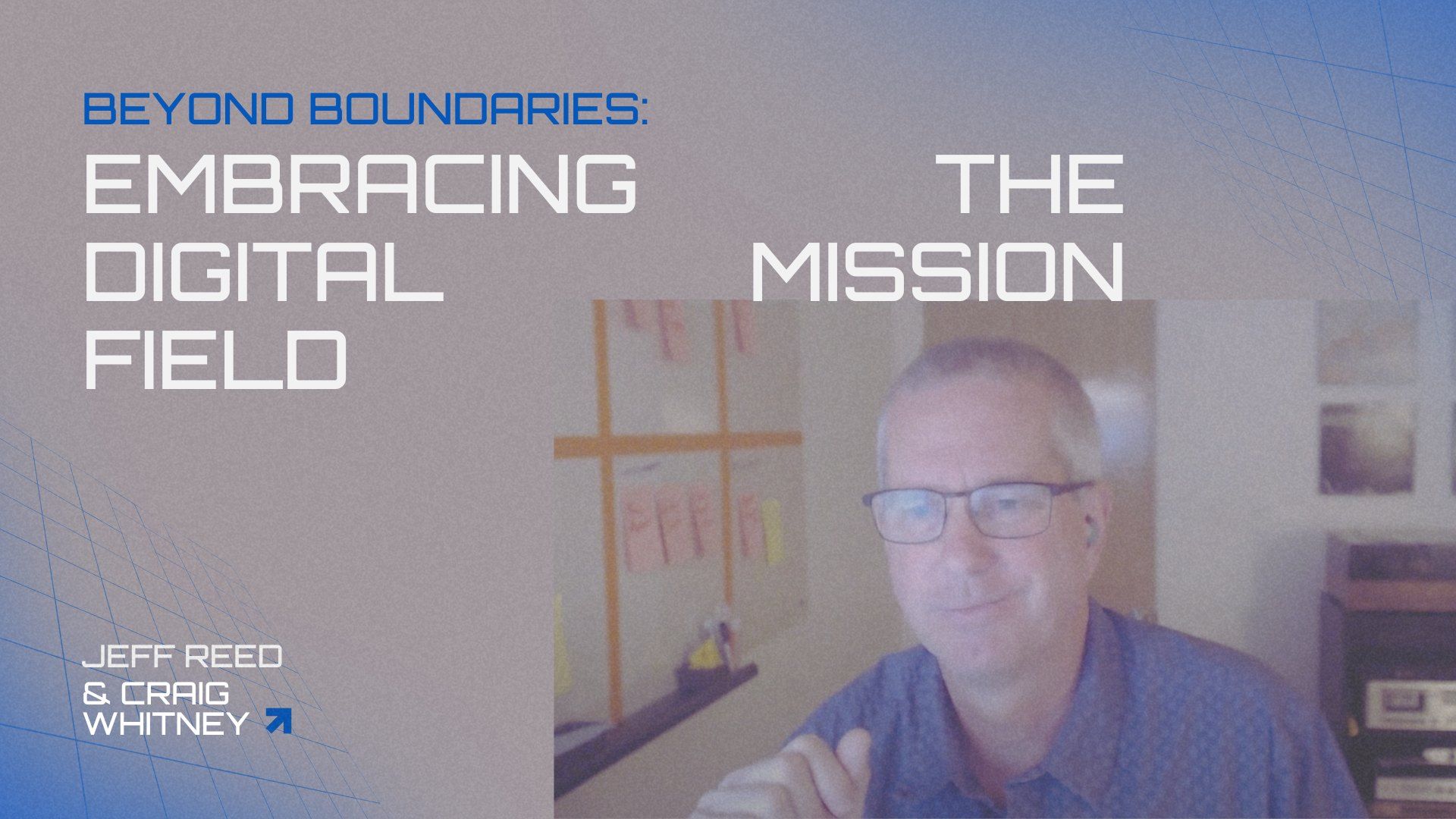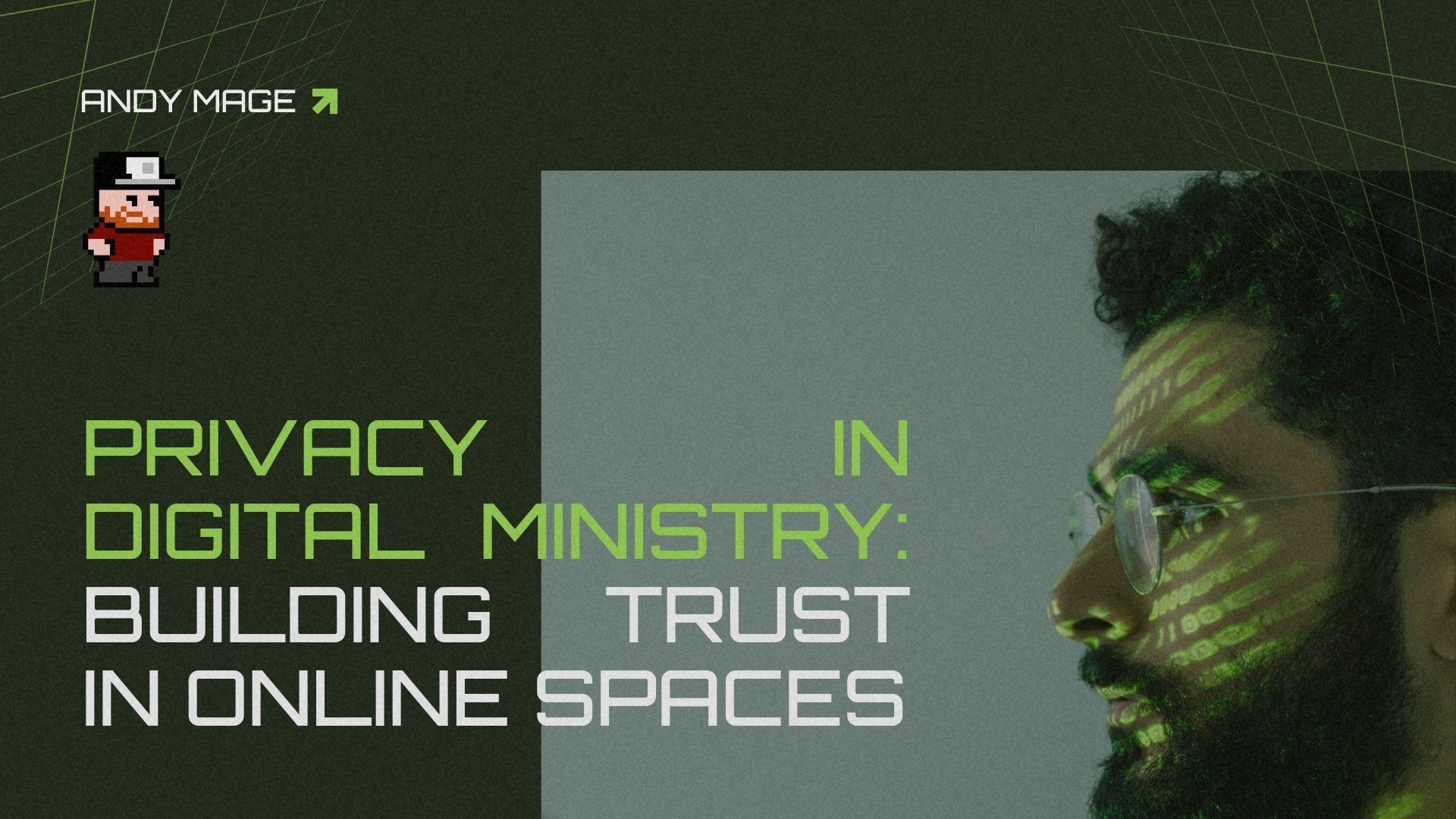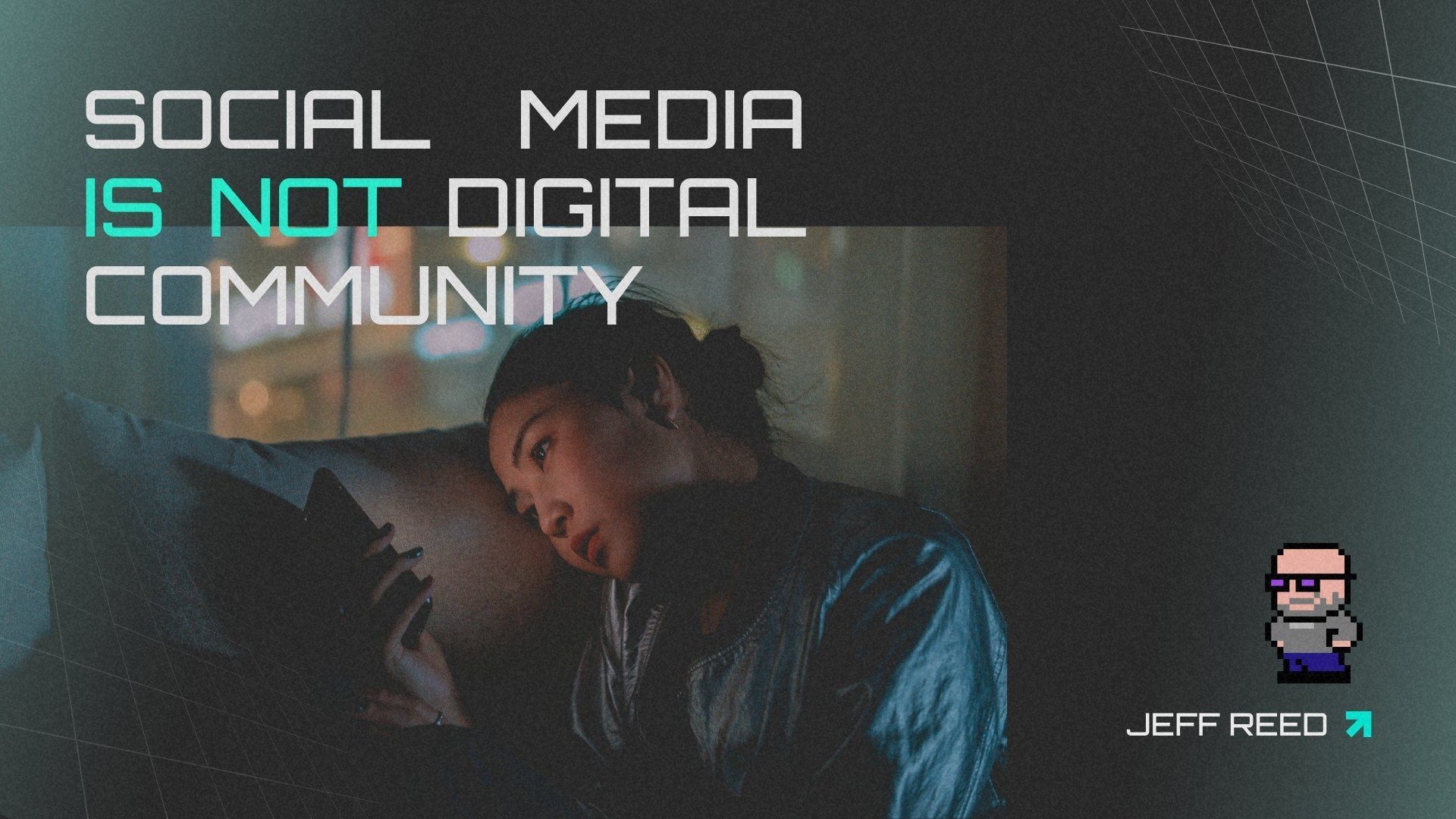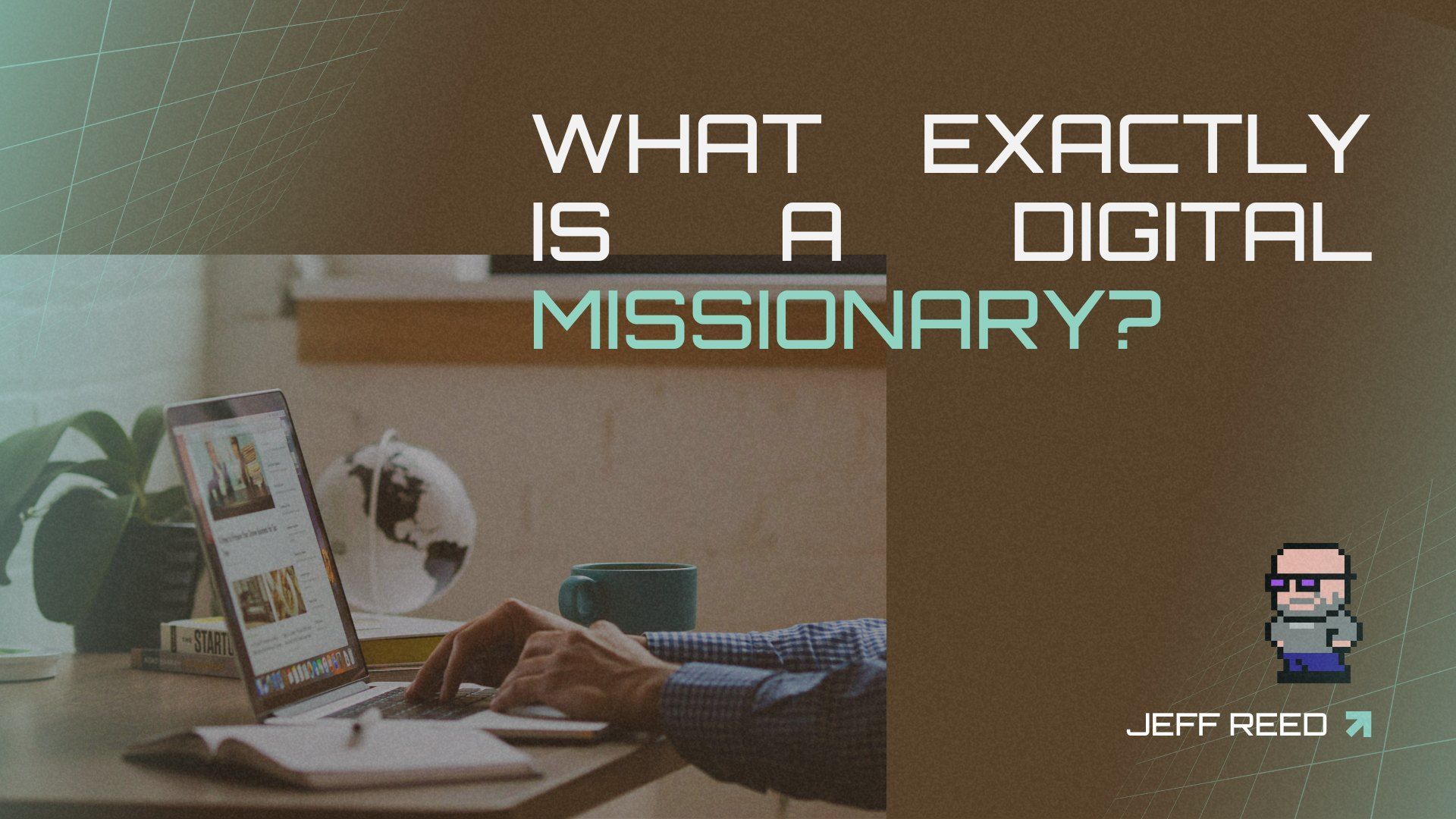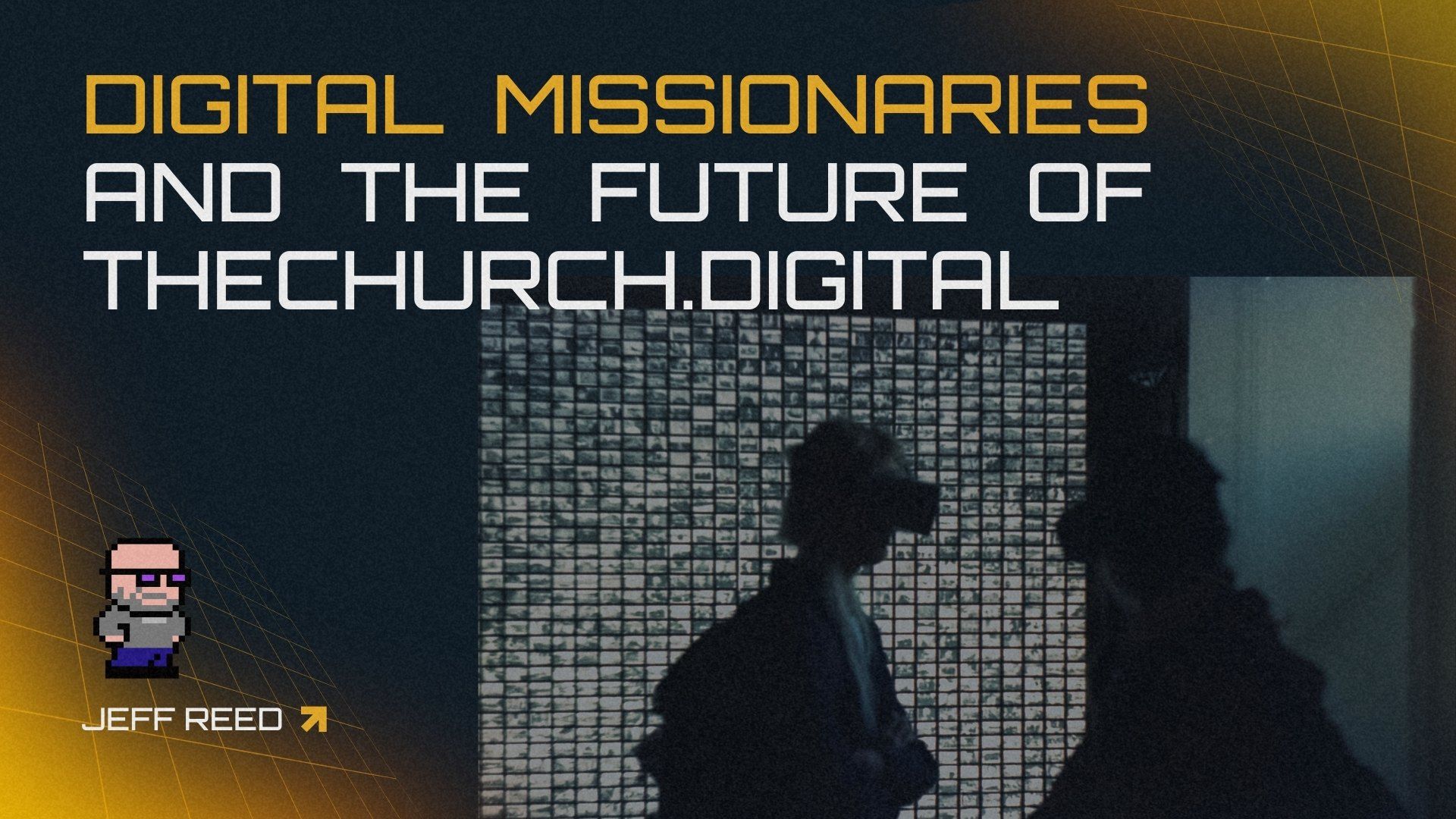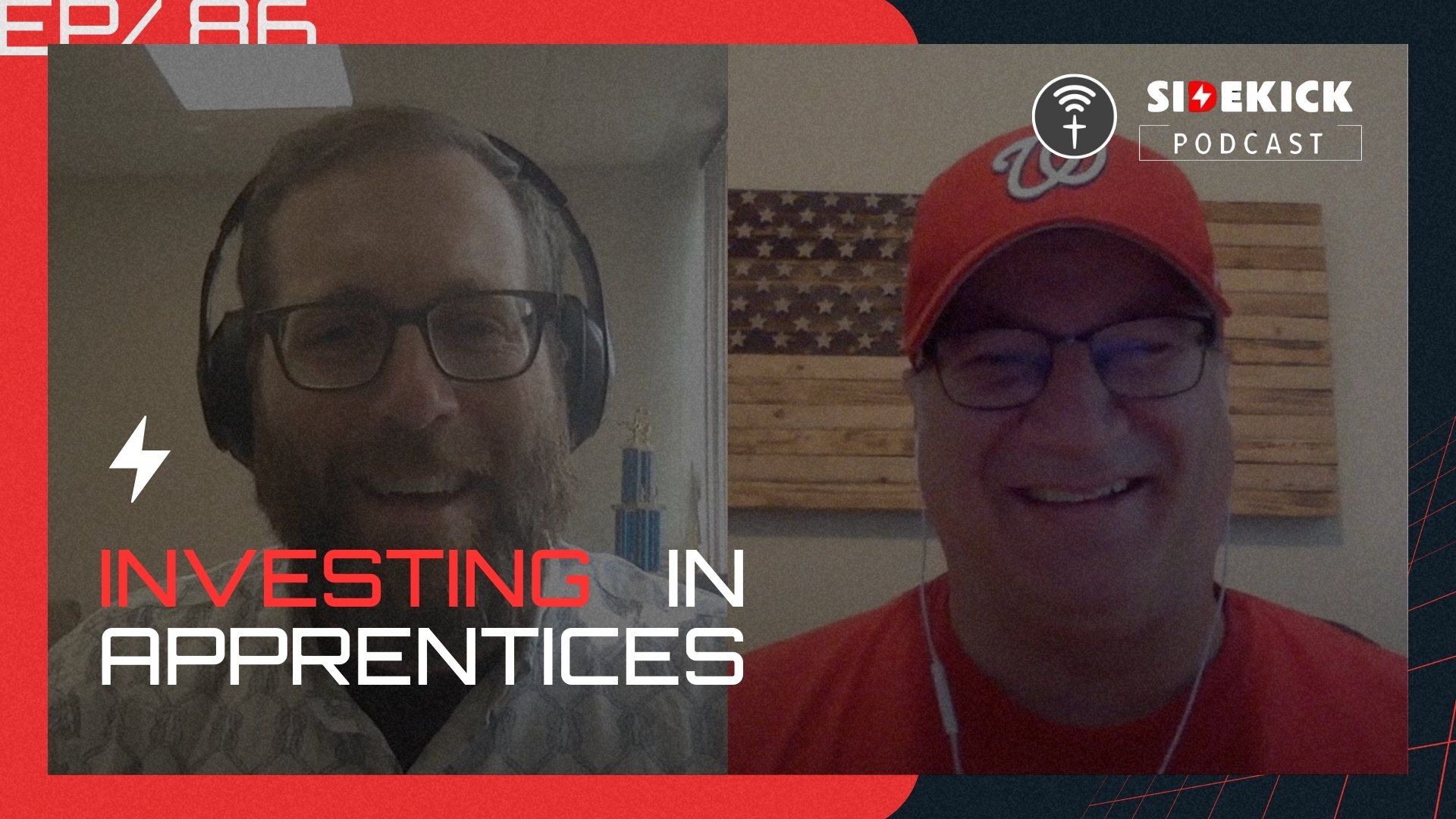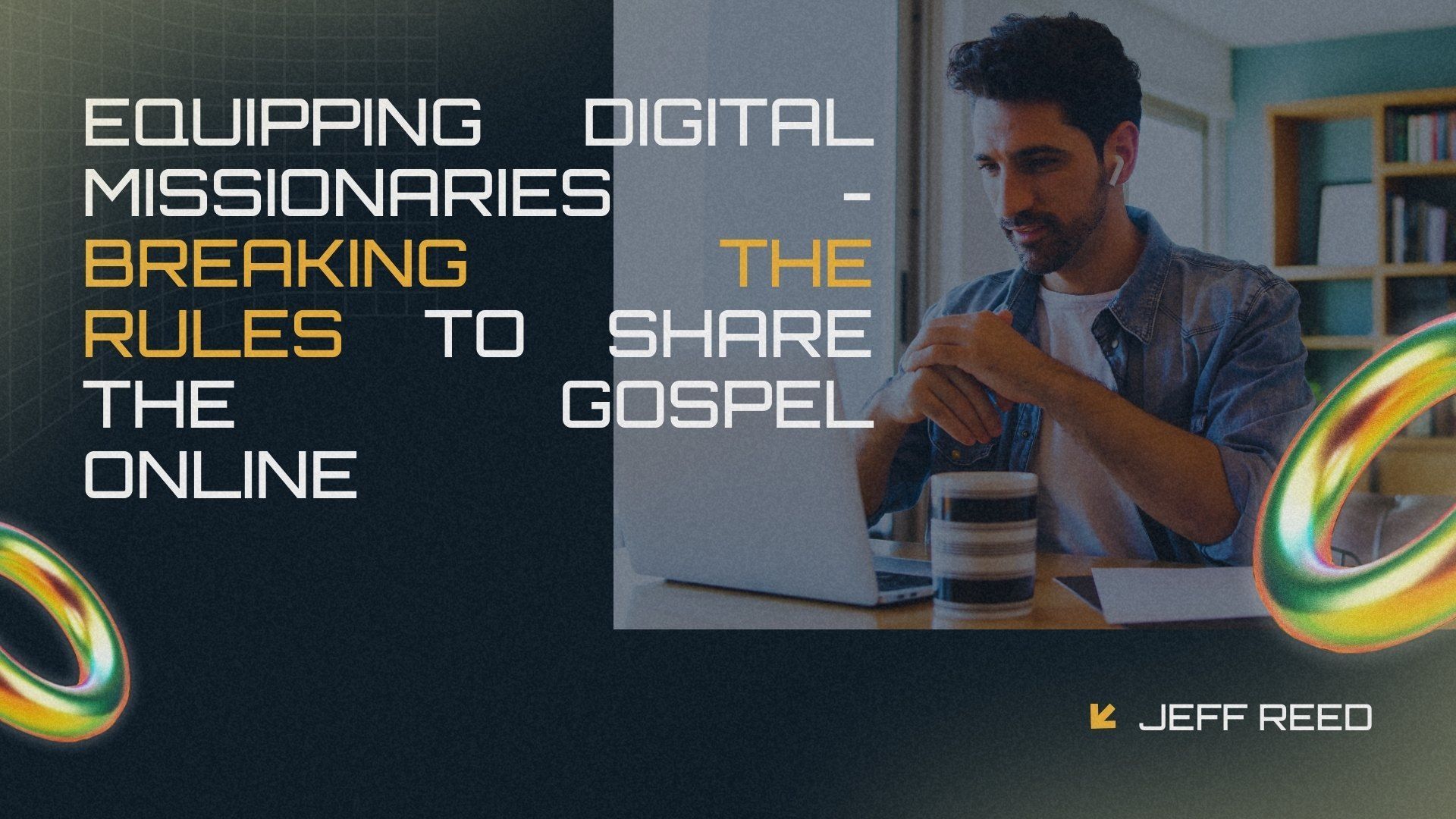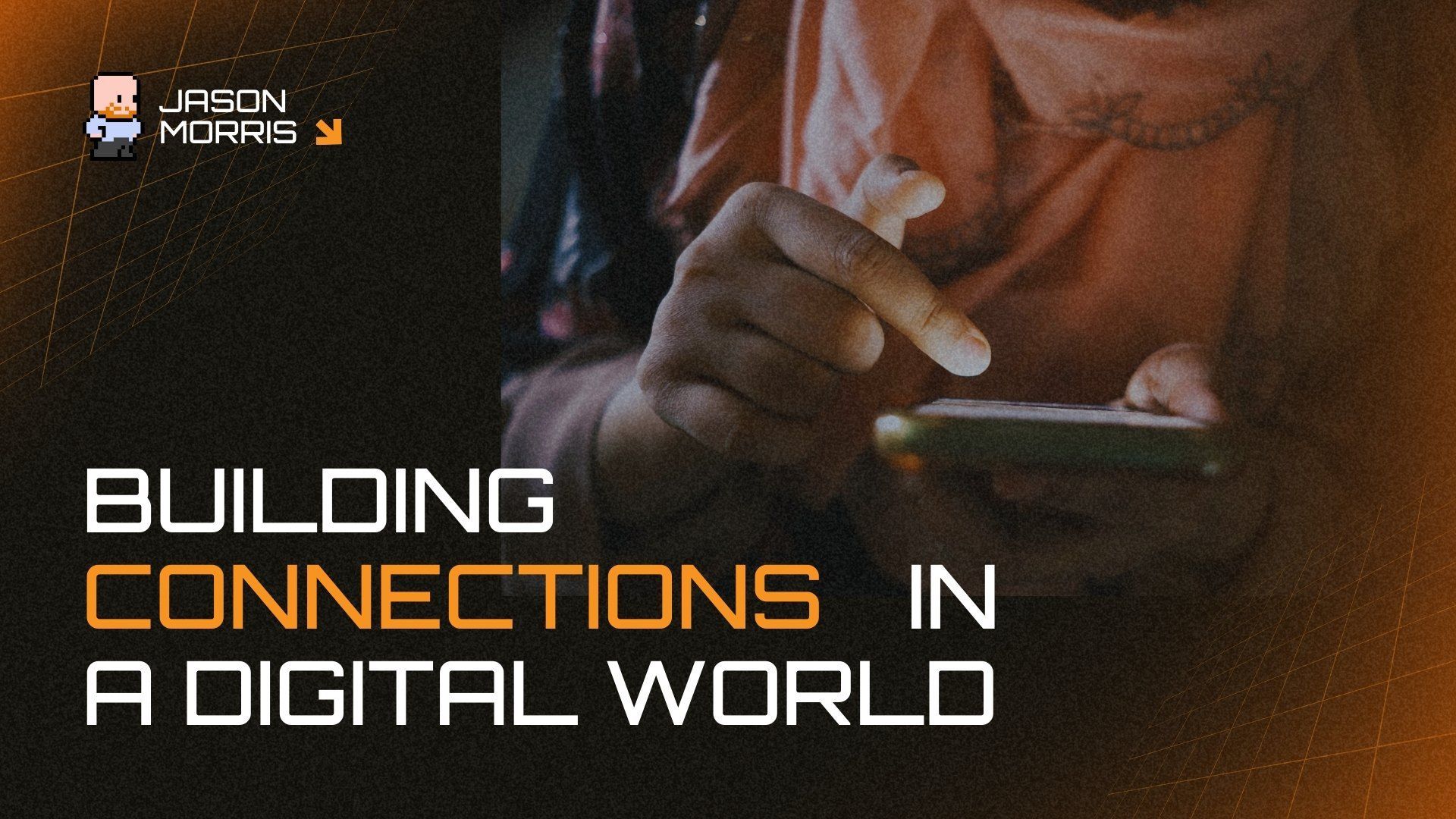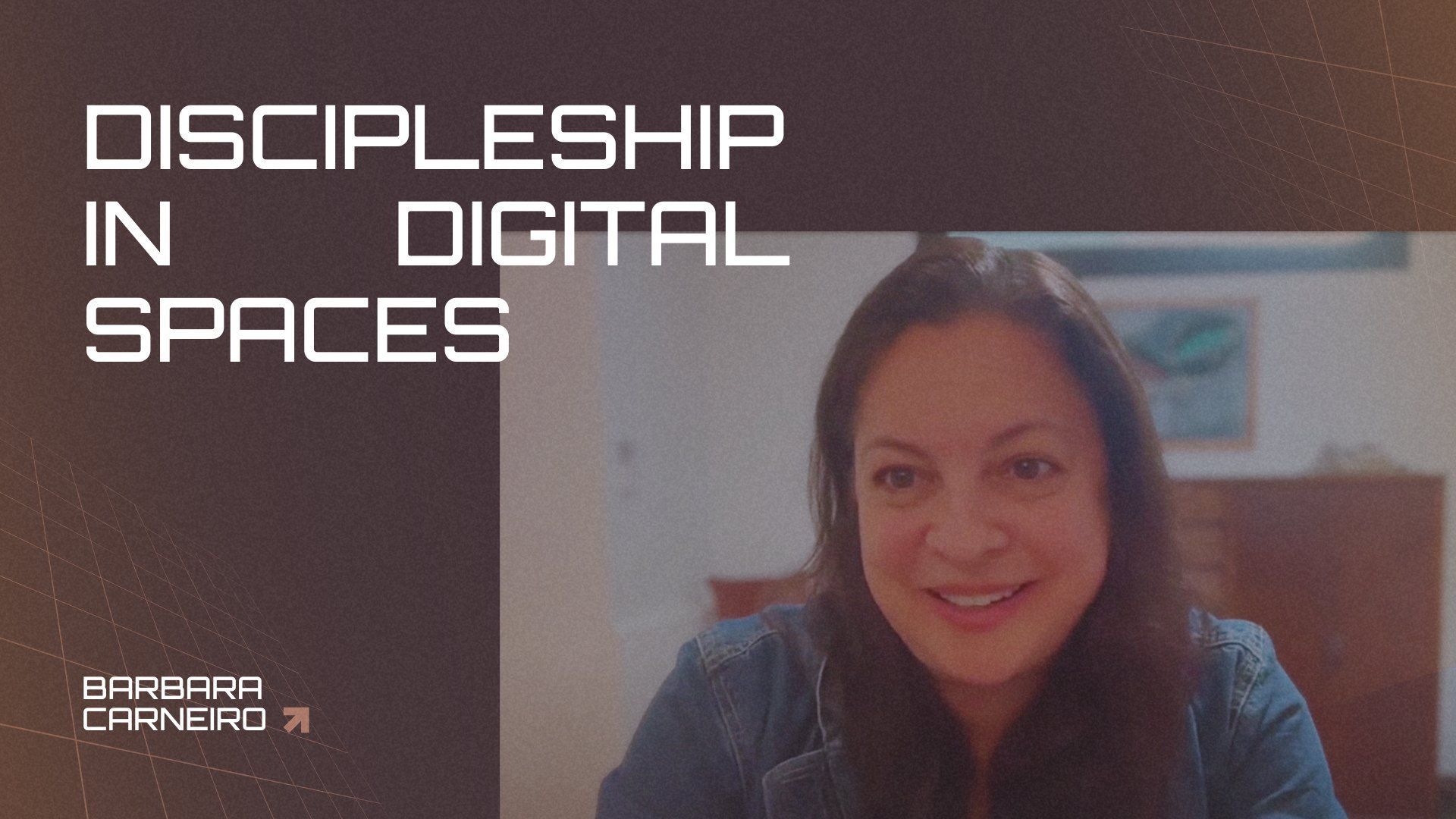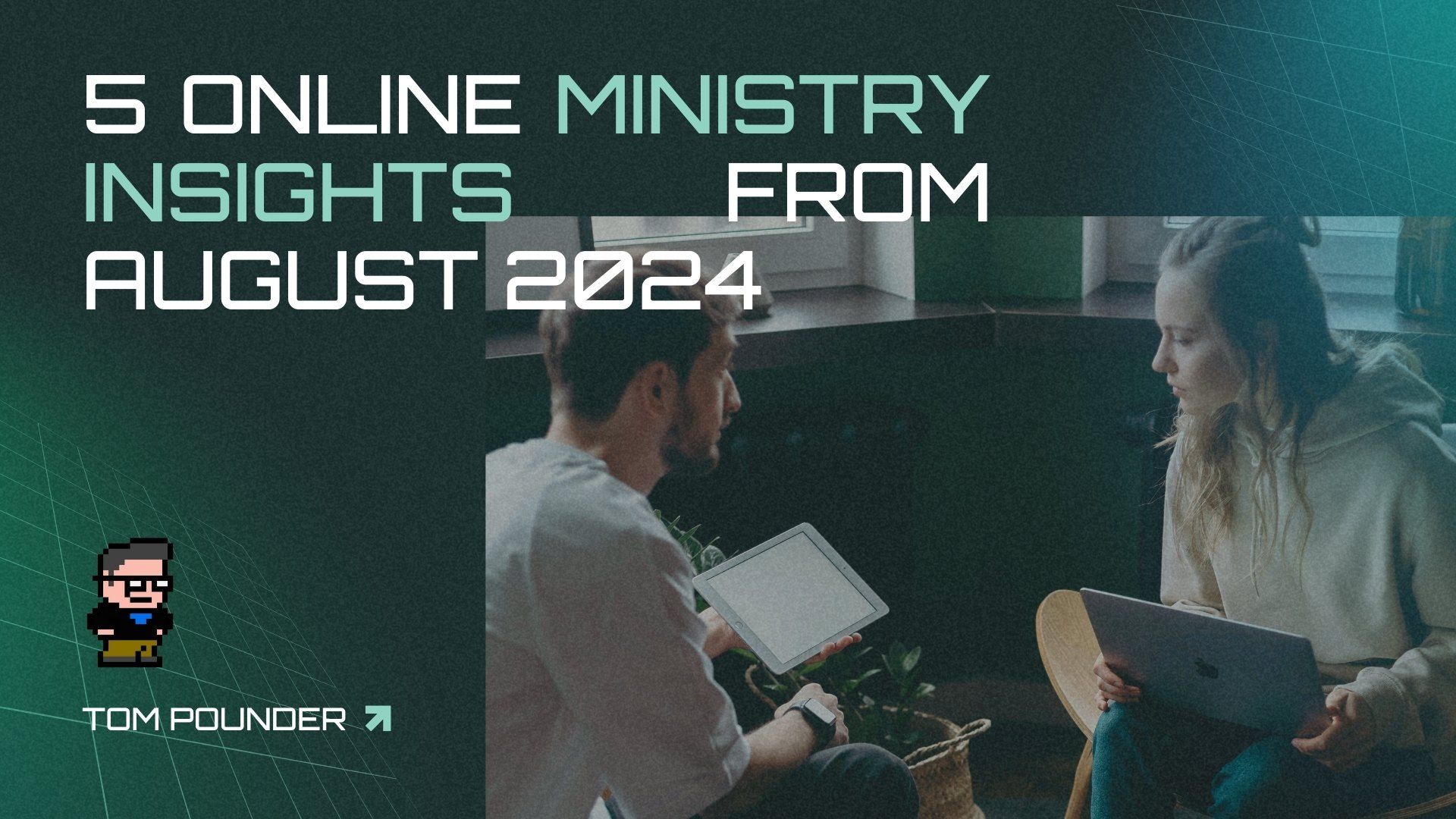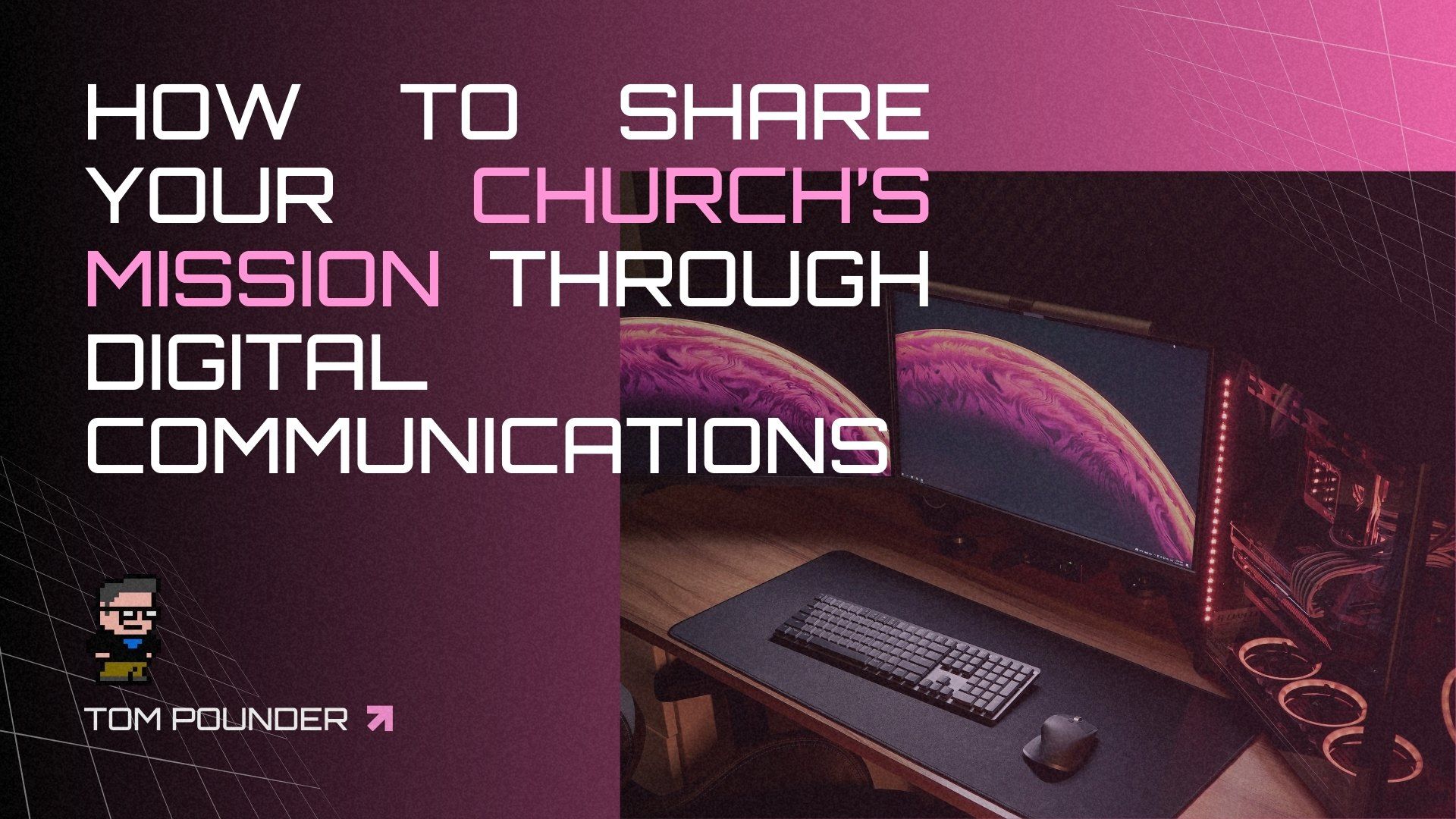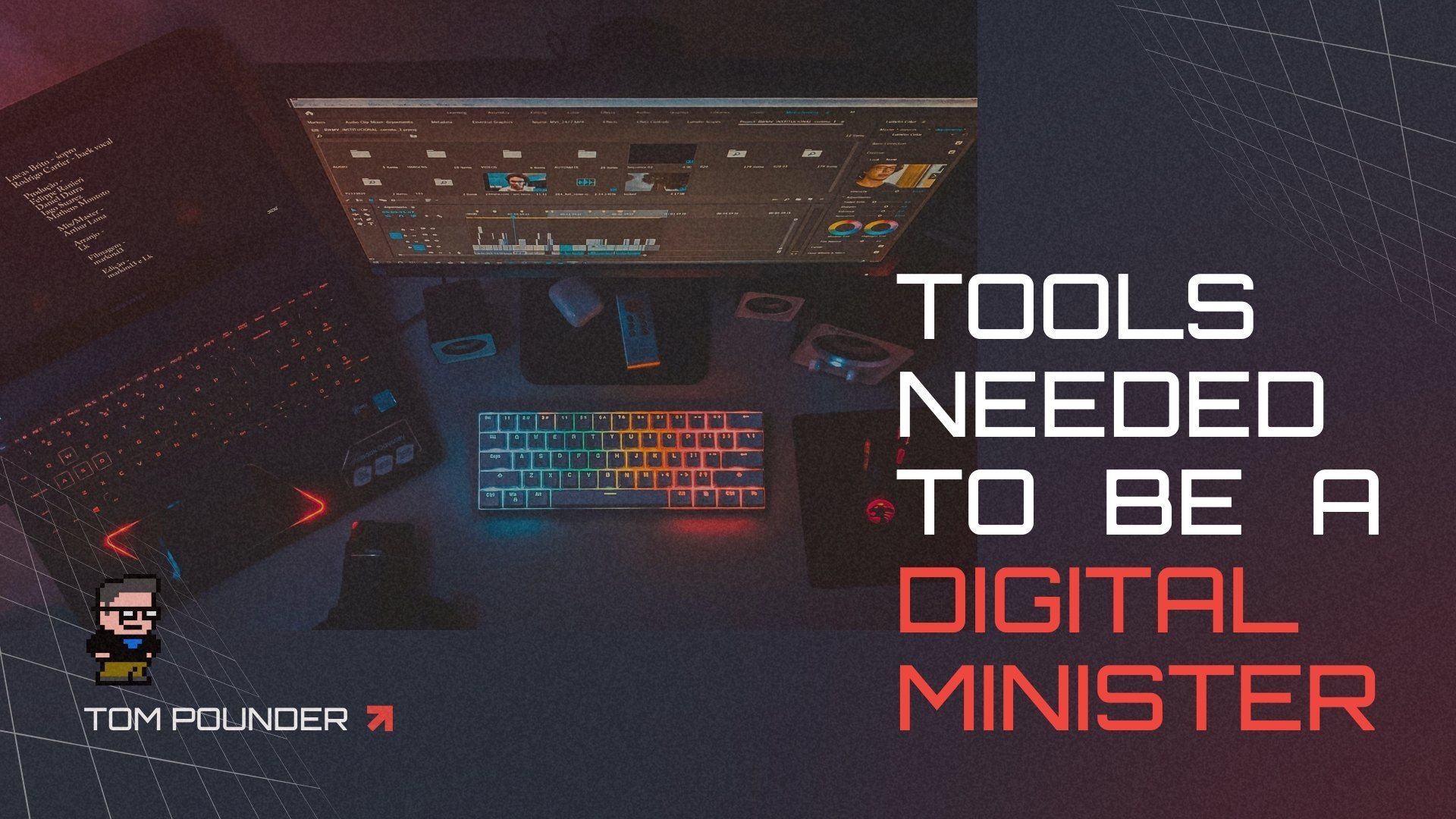Rediscovering Your Church's Digital Why

This article originally appeared on Leadership Network .
The digital age has revolutionized the way we communicate church, but in many ways it has yet to influence how we “be” the church. As a result of COVID, hundreds of thousands of churches learned how to stream church services online to stay in touch with the people who were locked out of the building. Now that buildings are open again and people have come back, it’s time for your church to rediscover its digital Why . Why should your church do digital? Truth is, the strength of digital has nothing to do with your weekend service or sermon.
It’s time to mature our view of digital, and how it can help your church beyond the weekend.
In Hebrews 5:12, we see Paul challenge the physical church—specifically the Jewish church: “In fact, though by this time you ought to be teachers, you need someone to teach you the elementary truths of God’s word all over again. You need milk, not solid food!” Personally, I think many of our churches digitally (and probably physically) need to heed these words. Many of our churches have not given an opportunity for people to move to solid food digitally. It’s just listening or watching sermons online… we’ll take their money digitally, but we won’t actually disciple people in that format.
As a result of COVID many of us were thrust into digital for the first time and focused on the online service, and that’s nice. But it’s time to mature our view of digital, and how it can help your church beyond the weekend.
What would that look like?
SCRIPTURE’S TAKE ON DIGITAL CHURCH
To start off, let’s look at scripture’s take of digital. We’re reminded in Acts 2:46-47 that the early church was devoted to fellowship. “They broke bread in their homes and ate together with glad and sincere hearts, praising God and enjoying the favor of all the people. And the Lord added to their number daily those who were being saved.” It’s very easy to acknowledge that this happens in physical space, but pause before you get to “digital is antithetical.” As we look deeper at these communities that exist holistically on digital, we find sincere people engaging in relationships daily. And for the people who are native in these digital communities, the relationships are just as real and authentic as physical relationships. Community may look different digitally than physically, but that does not invalidate the digital community for those engaged.
We’re also reminded in Hebrews 10:24-25, “Let us think of ways to motivate one another to acts of love and good works. And let us not neglect our meeting together, as some people do, but encourage one another…” (TLB). This scripture clearly points out the importance of gathering together to motivate one another, but what does that look like through the digital church? How are we encouraged? What do we do? This is the challenge of church online and broadcasting sermons. A sermon online (and a sermon physically, at some level) is content. Is that sermon motivating us to acts of love and good works? Is it really motivating us to do anything outside of the church building?
“Let us think of ways to motivate one another to acts of love and good works.” —Hebrews 10:24
If our churches are only pushing that sermon out digitally, we are guilty of creating consumers online. This is actually anti-biblical, going against James 1:22 (my paraphrase): “Don’t just be hearers of the word [online] and so deceive yourselves. Do what it says [physically].” We should move past the consumerism mindset, and help achieve your church’s purpose digitally. This is a great idea physically as well. I’m sure churches like yours have a healthy, intentional strategy to move people beyond just consuming the sermon in physical space! So let me ask: How is that going digitally?
The fact is, most churches don’t have a discipleship strategy digitally. The challenge is that digital space operates so differently compared to physical. But those differences are strengths. Realize that if physical church and digital church operated identically, they would be in competition to reach the same types of people. The differences actually give your church the opportunity to reach different types of people. We need to work within these differences in order to complete the Great Commission.
It’s easy to see that even though digital churches may not be the same as physical church gatherings, there are still plenty of ways for churches to reach, engage, disciple, and release their members digitally.
AIM AT SMALLER TARGETS TO REACH MORE DIGITALLY
FACTS: There are more active Facebook users than there are people in China and India combined. There are 3.2 billion “gamers” in the world, more than people who live in North America, South America, Europe, and Australia combined. There are 70.8 million virtual reality users in America. These are massive numbers of people. We will never be able to reach all of Facebook, or all of virtual reality. But if we focus more on a physical location, or an affinity, or a demographic, that tighter focus actually works to our advantage.
If the Church really wants to reach people in these spaces, it’s time to recognize a more nuanced approach to ministry. Instead of trying to reach everyone, it’s better to be more focused on your aim. Yes, I’m speaking of targeted audiences and personas. If you try to reach everyone digitally, you may reach some. But if you intentionally focus on reaching fewer, God does something amazing and you’ll find yourself reaching more. This is why, in today’s culture, multiplication is so important.
Smaller targets are less efficient—code for “more relational”—which is a win.
3 IDEAS TO MOVE YOUR CHURCH TOWARDS DIGITAL SOLID FOOD
What could moving away from a consumeristic mindset look like for your church, digitally? Let’s take a minute and begin to stretch our ideas of church, digitally. Here are three strategies that have absolutely nothing to do with the sermon or the weekend service.
- Communication vs Community . Instead of looking at social media as a communications tool, what if we looked at it as a community? Today, physical churches use social media as a bulletin board to talk about events, the sermon series, weekend services, etc. But what if we saw social media as a community to engage/dialogue in? What if the Church really employed the idea that it’s better digitally to ask questions than to make statements? What if we built relationships first digitally and then, through those relationships, pointed to Christ? What if instead of starting its own Facebook community, digital pastors and volunteers decided to join dozens or even hundreds of Facebook groups within, or even outside of, your church’s physical reach? What if we viewed planting a campus/church in a digital community the same way we viewed planting a campus/church in a physical community?
- Digital Media to Reach People
. With digital technology, churches can now easily reach a global audience through digital ads, social media, and other digital platforms. He Gets Us, and their multiple Super Bowl ads, is a great example of this. Spiritual explorers (people with spiritual questions) are getting connected to churches across the United States through ad campaigns like He Gets Us. Typically, these explorers have no connection with a previous church. For more information on He Gets Us, by the way, check out http://thechurch.digital/hegetsus.
- Empowering Digital Missionaries . Building on the nuanced approach of discipleship, what would it look like if your church trained people to relationally share the gospel digitally? Let’s move beyond the Bible verse graphic or praying hands emoji. How about a digital prayer walk? What if we invited the Holy Spirit into our digital lives and we looked for God to move through both our existing and new relationships digitally? (Dr. John Harris and I wrote a book on this, Sharing Jesus Online, which is a free download from Exponential. In a later blog we’ll even explore the idea of a digital mission trip, and how we can release people to be on mission digitally, and even in the metaverse.
The idea of digital missionaries is not an efficient idea. Broadcasting sermons online is far more efficient than training people to have disciple-making conversations. But let’s not confuse efficient with effective .
TIME FOR YOUR CHURCH TO GROW UP DIGITALLY
Digital technology offers churches a unique opportunity to raise the standard on “church online,” making it more than just broadcasting the weekend service or sermon. By leveraging digital technology to its fullest potential, churches can create digital strategies that will draw people closer together and bring them into a deeper relationship with God. Through digital forms of discipleship, mission trips, and communities, churches can raise up members to send out on mission as digital disciplemakers.
What do you think? Share your ideas below or on social media.
Through the Digital Church Network we are helping physical and digital churches better understand the discipleship process, and helping churches and church planters understand this and other decentralized mindset shifts. Joining the DCN is free and be encouraged!
Looking for a Coach or Guide to help you with social media and other digital ministry tools, take this quick survey and connect today.
What do you think? Share your ideas on Discord or on social media.
Through the.Church.digital, we are helping physical and digital churches better understand the discipleship process, and helping churches and church planters understand this and other decentralized mindset shifts. By taking this quick assessment we can get you connect with a coach, resources and more. Also, check out our Discord Group where we are encouraging people daily.

